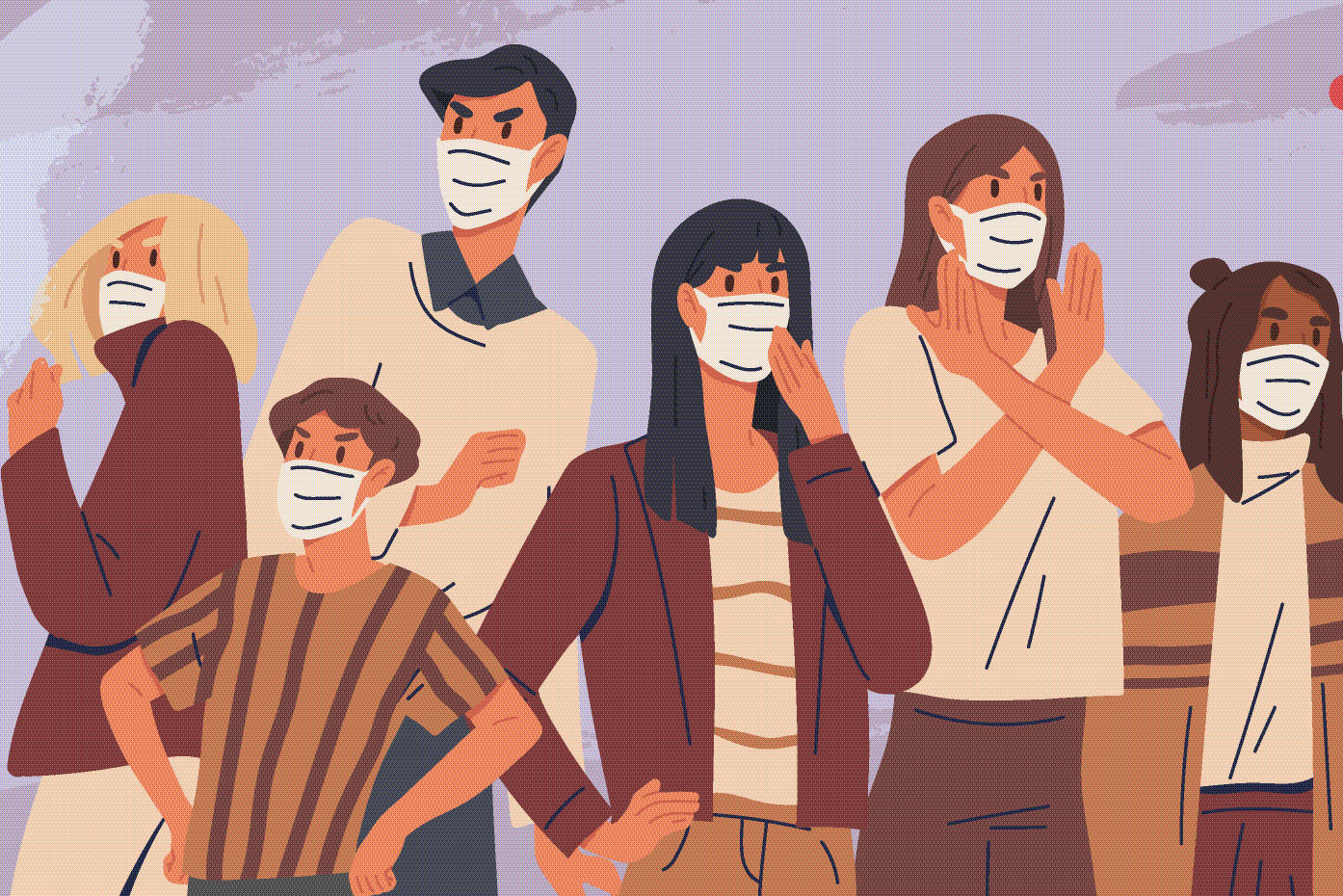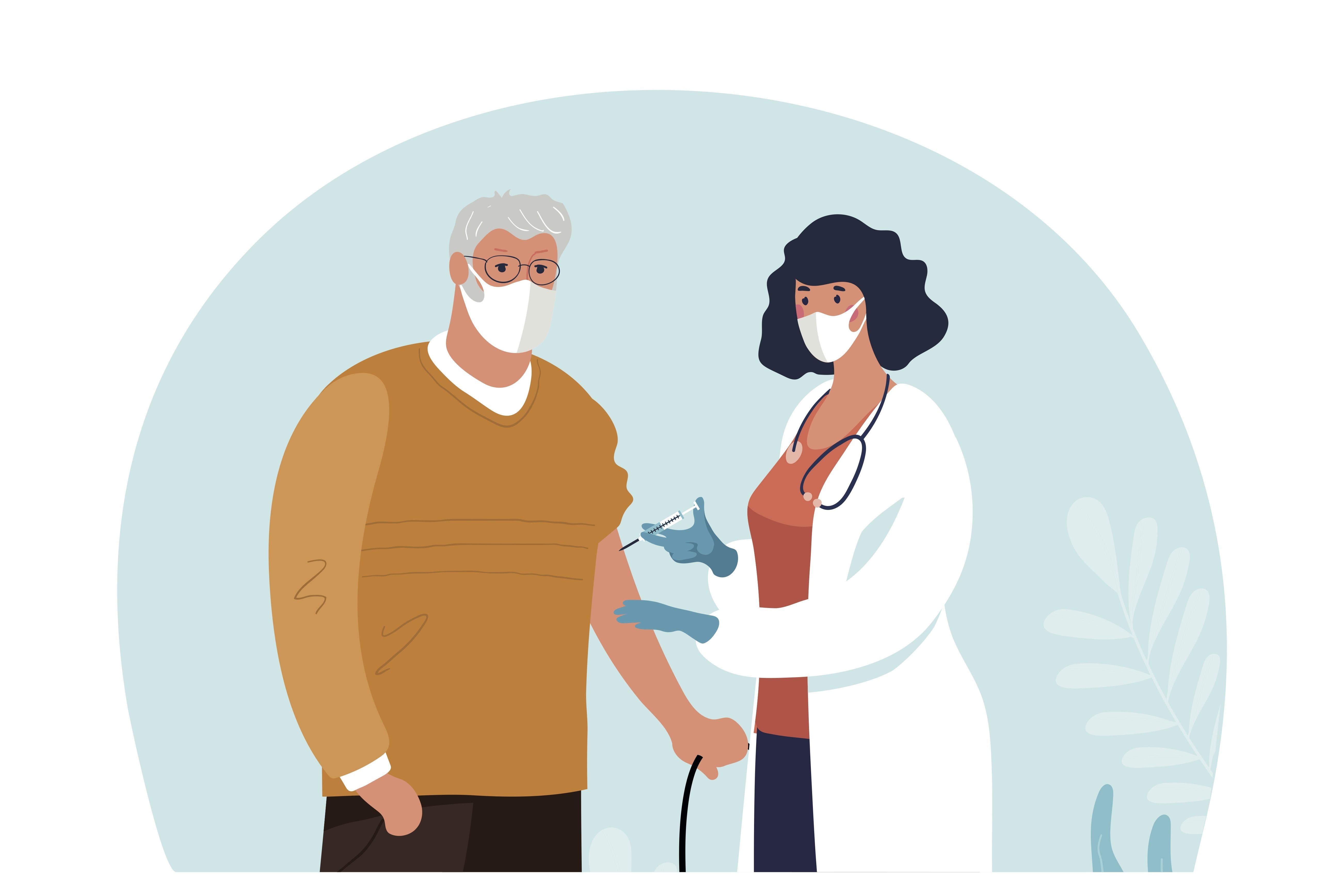
What to Know About Breakthrough COVID Cases in Oregon
If you’re among the 68 percent and counting of adult Oregonians who are now fully vaccinated against COVID-19, you may be wondering about breakthrough cases. What does it mean for someone in this state who got fully vaccinated several months ago? How likely am I to get infected, and to infect others? And does this mean I need a booster?
We looked at Oregon's data and spoke with Dawn Nolt, a professor of pediatrics at OHSU with a focus on infectious diseases, to get some answers.
First things first, what exactly is a breakthrough COVID case?
A breakthrough case is defined as someone who tests positive for COVID-19 after they are considered fully vaccinated—in other words, two weeks after they have received either their second MRNA vaccine dose or their Johnson and Johnson shot.
How many breakthrough cases have been documented in Oregon?
Currently, there have been 7,138 vaccine breakthrough cases identified in Oregon. Sound like a lot? That’s out of a total of 263,134 cases in the state since the pandemic began. In other words, 2.7 percent of cases to date in Oregon have been breakthrough cases.
But isn’t that number of breakthrough cases
on the rise?
Yes, but that's because all the numbers are on the rise. During the weeks of August 1-14, there were 20,701 cases of COVID-19 diagnosed in the state. Of those, 2,982 were vaccine breakthrough cases. Higher COVID numbers and higher numbers of vaccinated individuals in a population means higher numbers of breakthrough cases. “If the entire population is unvaccinated there will be no cases of the vaccine breakthrough, and if 100 percent of the population is vaccinated, then all cases will be breakthrough,” Nolt says. The Oregon Health Authority makes clear that as COVID-19 cases have increased across the state, vaccine breakthrough cases have also increased, “but at a much lower rate than in the unvaccinated,” according to a recent report, which also pointed out that the rate of COVID-19 cases among unvaccinated individuals was approximately six times the rate of cases among fully vaccinated individuals.
Yeah, but if the vaccine doesn’t prevent infection,
why should I get it?
Not only does the vaccine reduce your chance of infection, but Oregon numbers bear out that the risk of hospitalization and serious illness from COVID-19 is vastly reduced if you’re vaccinated. Only 5.8 percent of all known breakthrough cases in Oregon have ended in hospitalization, and only .8 percent of those infected with a breakthrough case have died. “We give vaccines a lot of responsibility,” Nolt says. “We ask them to prevent infection, prevent disease, prevent hospitalization, prevent death. But they’re doing pretty good. They are preventing hospitalizations and deaths. They are still doing the job.”
But I already got the shot! Now what?
“Vaccines are not perfect,” Nolt says. “If you are vaccinated but you are in an area that a lot of people are not vaccinated, the amount of virus that you’re going to encounter would be higher than if you’re in a fully vaccinated population. There’s a lot more virus around that could come at you and could potentially overwhelm your protection.” The solution is layering your protections: you've got your most protective layer on already with the vaccine, but you should also mask up, wash your hands, and avoid unvaccinated people, while also taking note of the COVID-19 numbers in your area.
So if I do get a breakthrough infection, can I infect other people?
The short answer: yes. While the likelihood of being infected with the delta variant is considerably lower if you are vaccinated, if you do have a breakthrough infection “you are going to be as transmissible as someone who is not vaccinated,” Nolt says.
In that case, what do I do to protect those in my household or community who are unable to get vaccinated—including all children under the age of 12?
For starters, do what you can to ensure all those they come in contact with who can get vaccinated have done so. Vaccinations among their adult contacts help create a barrier for children—along with other barriers like masking and distancing—while they wait for the vaccine. “The barrier needs to be intact until they can make their own sort of barrier,” Nolt says. “If you have children who are not age eligible to get vaccinated you ensure that everyone else around them is doing what they can. And if you want to be around kids, you need to be vaccinated. You have to protect yourself, so you can take care of the kids.”
I've heard that vaccine efficacy could be waning.
Do I need a booster?
Nolt clarifies that there’s a difference between needing a third dose of the vaccine and a booster. A third dose is recommended when the person who has been vaccinated has a sub-optimal response because they are compromised, requiring an additional dose in their vaccine series. A booster, however, is intended for someone who has an immune response that is optimal, but wanes over time. If you’re worried that you fit into the former category, talk to your physician about getting an additional dose. If not, Nolt says your energies should rather be put into getting shots into the arms of the unvaccinated, rather than boosting those who are already protected. “Those people are the ones that are really driving this pandemic,” she says of unvaccinated people. So rather than focusing on your own booster, spend your time persuading an unvaccinated friend or family member to get the shot. And if you really do want a booster, then Nolt suggests using it as an opportunity to bring your unvaccinated friend with you for a shot.
I'm vaccinated. I'm wearing a mask. I'm being careful. What else do I need to do?
“If you feel ill, isolate yourself and get tested,” Nolt says. “Because right now, the only respiratory virus in town is COVID.” And if you don’t? Hospitals in Oregon are at capacity with the rising COVID numbers, particularly in unvaccinated communities. The best advice? “Don’t get COVID," Nolt says.“Keep healthy. Don’t get injured.”
Need more information on breakthrough infections in Oregon? The Oregon Health Authority has this video:




